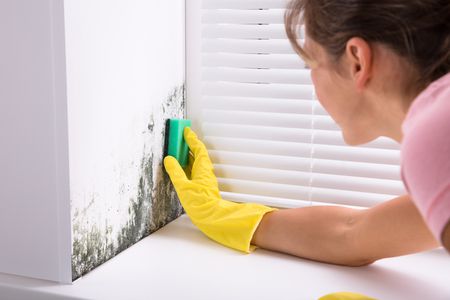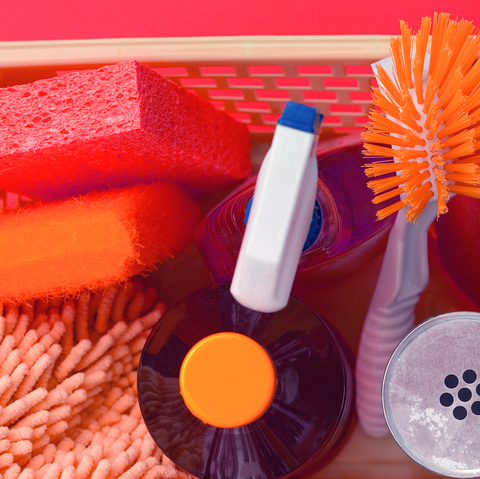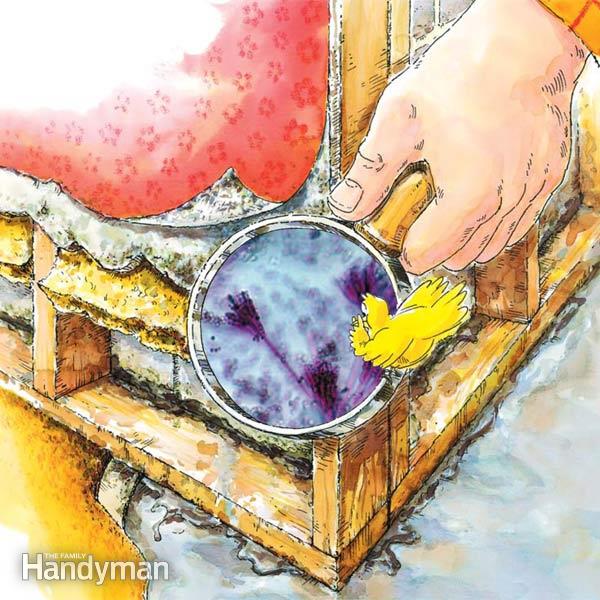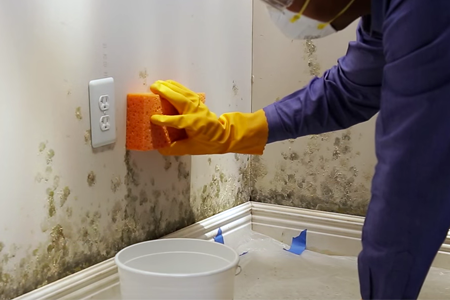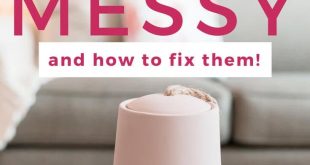There’s no doubt that mold (a fungus that thrives in places like bathrooms, which are often warm and humid, lack fresh air, or grow from a water leak) and powdery mildew (the black stains of mold that grow on walls) are harmful to health. Some people develop allergies to mold and many others find that this causes breathing problems and is irritating to the eyes and skin.
Getting rid of mold or mildew that grows on walls is a priority, not just for health reasons, but because mold is a living organism and is literally eating away at your walls! Here are some useful tips on how to tackle these nuisances with little effort.
Before you start
Remember to always protect yourself from mold and mildew that you want to be bothering. So wear rubber gloves, a dust mask, and eye protection to avoid contamination. You’ll also need a cleaning solution – this could be a store-bought item specifically designed to kill mold and mildew, or a homemade alternative. Take a bowl and bucket, some cloths, a brush and also rough sponges, open the windows for ventilation and wear old clothes as they will be contaminated when cleaning.
If you are using a ready-made product, simply follow the instructions on the packaging. However, read on for simple DIY methods.
The bleaching blaster
Mix one part bleach with four parts water, wring your cloth in it, and gently scrub the mold or mildew until it is gone. Wipe the area with a dry, clean cloth and dry it a little. (You can use a spray bottle if it’s easier.) Note that trying different natural remedies at the same time can be very dangerous. After bleaching, leave the area for a while instead of trying an alternative solution right away. Read more about it Here.
The borax-vinegar combination
Take a large bowl or bucket and mix 2 tablespoons of borax, ¼ cup of white vinegar, and 2 cups of hot water until the borax has dissolved. Then transfer the liquid to a spray bottle and spray the affected (non-porous) areas thoroughly. Scrub the mold or mildew with a brush or coarse sponge and wipe it off with a cloth. Repeat the process, but let the solution sit for about ten minutes before wiping it off.
After cleaning
Carefully dispose of the rubber gloves and either wrap and discard your clothing or wash them over very high heat to avoid spores from being carried over to other areas of the house.
Think long term
The most common causes of mildew and mildness are damp conditions and condensation. If you cannot ventilate sufficiently, you should invest in a dehumidifier. Also make sure that there are no hidden leaks or problems such as water entering the house due to clogged or broken gutters.
 TopsDecor.com Home Decor Ideas
TopsDecor.com Home Decor Ideas
